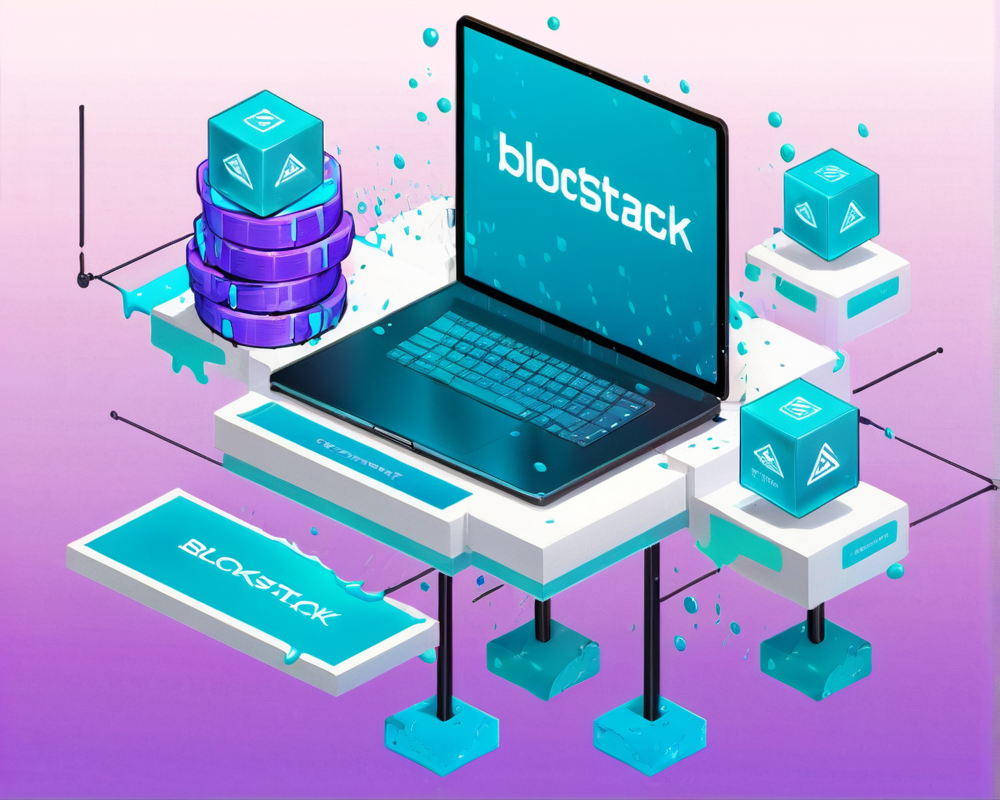The Journey of Blockstack: A New Blockchain Era
Blockstack is gearing up for a bold transformation. No, they’re not launching a superhero franchise, but they’re making strides to reclassify their Stacks (STX) tokens from securities to a non-security status according to U.S. regulations. This ambitious metamorphosis is set to coincide with the anticipated launch of the Stacks Blockchain 2.0, projected to be live at the end of 2020 or early 2021.
Understanding Securities vs. Non-Securities
So, what’s the big deal with securities? At heart, it’s all about who’s pulling the strings. Securities are typically considered dependent on the actions and efforts of a third party, making them more prone to manipulation and fraud. This is a key reason why they’re heavily regulated. Enter the Howey Test: the legal gauntlet that determines what counts as an “investment contract.” Simply put, if your token dances around this framework, it may wind up categorized as a security.
Blockstack’s Exit Strategy: Securing Non-Security Status
According to Blockstack, the new blockchain will be structured in a way that it becomes sufficiently decentralized. Their legal memorandum states that this decentralization will minimize any single entity’s control over the tokens, freeing them from the realm of securities.
- More miners, node operators, and developers: Picture a decentralized party where no one person is the DJ.
- Less management control: The goal is to mute the influence of any single party over the ecosystem.
- Citing desire: Blockstack has publicly committed to this strategy, putting their intentions into the legal ring.
Lessons from Other Tokens: The Ethereum Example
Blockstack isn’t the first player in the crypto circus to wrestle with the SEC. Ethereum has its own tale: initially, it held a pre-sale of Ether tokens that had the makings of a securities offering. Yet, due to its early context, it eventually evolved into a commodity in the eyes of regulators. This journey highlights a critical lesson for crypto projects: the path of decentralization is key to regulatory acceptance.
The Call for Regulatory Clarity
As the SEC continues to grapple with the classification of tokens, some officials, including Commissioner Hester Peirce, advocate for a coherent framework. This would allow decentralized networks to flourish, beginning from a centralized inception and gradually evolving.
Waiting for the Final Word
As Blockstack prepares for this next chapter, there’s a palpable buzz. Crypto enthusiasts eagerly await confirmation on whether the changes will be embraced by regulators. As of now, inquiries from media outlets remain unanswered. Stay tuned; this saga is just starting to unfold.




